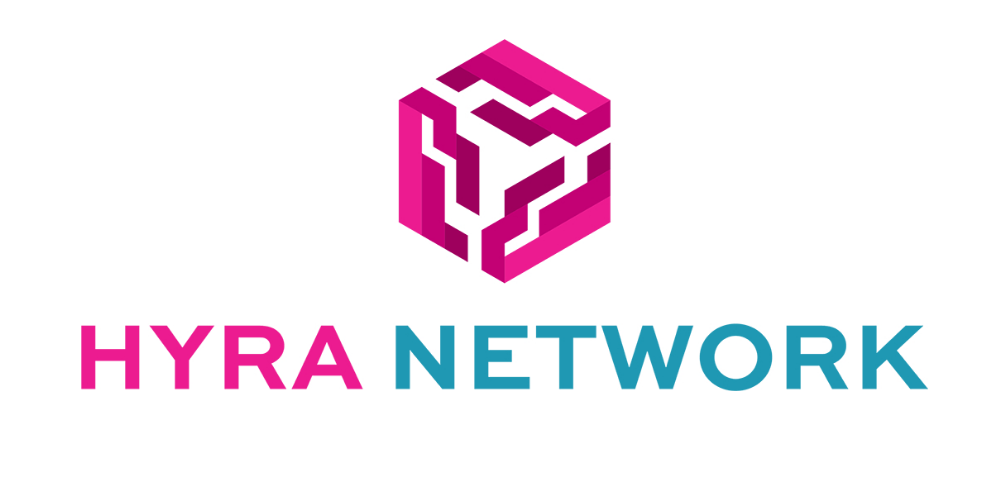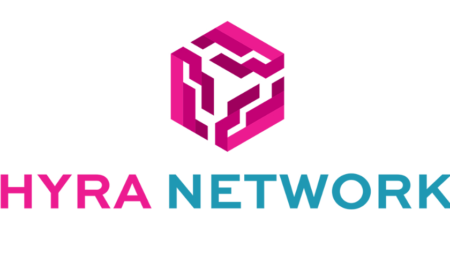A large portion of the American population is set to retire within this decade, as the U.S. Census Bureau reports that by 2030, nearly 73 million Baby Boomers will pass the 65-year threshold mark.
With a large majority of the American population set to retire in the next few years, government institutions are looking at how they can direct federal funding to assist aging individuals with at-home care programs and medicare schemes.
While federal dollars are used to improve medical health care systems, and retirement homes – individuals who are willing to age in place i.e. at home, are rather making use of top medical alert devices. These electronic devices have become popular among aging individuals, suggesting that the use of PERS or Personal Emergency Response Systems can help improve health and safety.
Research published by the National Library of Medicine revealed that by combining the use of a medical alert system and electronic medical data, older patients will have better access to improved health data, which can help improve health outcomes in the long term.
We now understand the importance of medical alert systems and how they can improve health outcomes for individuals looking to age in place. While these devices add some sense of safety and security, choosing the right one isn’t always as easy as it needs to be.
We reviewed the five best in-home medical alert systems categorizing them according to affordability, range of features, responsiveness, remote assistance, and hands-free assistance. These can vary across categories, but looking at a medical alert comparison chart indicates how each of these devices is still ranked the best in the industry.
Affordability: MobileHelp
MobileHelp has ranked as one of the most affordable medical alert devices, among other competitors with prices starting from as low as $19.95 per month. Additionally, more expensive subscriptions are available, with the highest price you’ll pay for MobileHelp being $44.95 per month.
Low monthly subscription costs are just one of the benefits. This device has no activation or equipment fees attached, but fall detection does come at a $10 fee. The device is compatible with in-home and on-the-go use, can connect with a landline, AT&T cell service, and has an indoor range of 1,400 feet.
Additional features include a tracking app that can be loaded onto a smartphone, two-way communication, and a lockbox.
Range of Features: WellBe Hands Free
For a feature-rich device, WellBe Hands Free has been regarded as one of the most popular in-home devices for retirees and those aging in place. Subscription prices range between $34.95 and $44.95 per month, and includes a TMA Five Diamond Certification.
Among the various features, those that stand out the most are virtual health assistance for individuals who need to be reminded about medication and appointments. It can act as a home entertainment centre, has a speaker, and the hands-free device makes it easy to have around the home, instead of wearing it.
This device can also connect to your smartphone, or smartwatch via AT&T cell services, with the additional option to have it work as a smart speaker via your watch.
Responsiveness: LifeStation
For quick and active response, LifeStation was reviewed as one of the best among other competitors. Trial testing revealed that these medical alert devices have a 20 second response time, the best and fastest in the industry.
An additional mobile app, Find My Loved One makes it easy for friends and family to track individuals as long as they’re wearing their PERS device. Prices range between $22.95 and $37.95 per month, with a $5 fall fee, and additional activation fees for some of their more upscale packages,
Although LifeStation has ranked as one of the best in responsiveness, one drawback is that it has a short in-home range of only 500 feet. The device can be connected via landline or AT&T cell services.
Remote Assistance: Aloe Care Health
Aging in place in an era where social distancing and remote working is the new norm can be challenging for those who aren’t close to friends and family members.
It features a high-end software mobile app, which has been ranked the best among other contenders. There is also a variety of options that one can choose from, including Mobile Companion, Essentials, Essentials Plus, and Total Care for added benefit. The Total Care package offers automatic fall detection, which makes it one of the best remote devices.
Aloe Care Health provides some of the best remote assistance among Personal Emergency Response Systems. This in-home device costs between $22.95 and $50.00 per month and comes standard with free-fall detection.
Hands-Free Assistance: GetSafe
For better hands-free assistance, GetSafe makes it easy for retirees to enjoy their daily activities without the need to physically wear the device. Prices are set at a base of $24.95 per month and include a variety of features.
GetSafe makes use of voice activation and two-way speakers to effectively communicate with individuals making in-door medical alert monitoring more streamlined. The device is popular for senior citizens who are aging in place and can be connected to a landline or AT&T cell services.
Additional features include automatic fall detection, and a smoke detector. Unfortunately, there are some additional costs and fees that will need to be paid for during activation, or if you’re looking to upgrade to a better package or device.
Final Considerations
As more and more of the general population is looking to move into retirement in the coming years, having the best medical alert systems at hand can be a major benefit to their overall health and safety. Choosing the right one can be a daunting task, and thus one should look at your personal needs, and how an in-home device will be more beneficial to a PERS device.



































